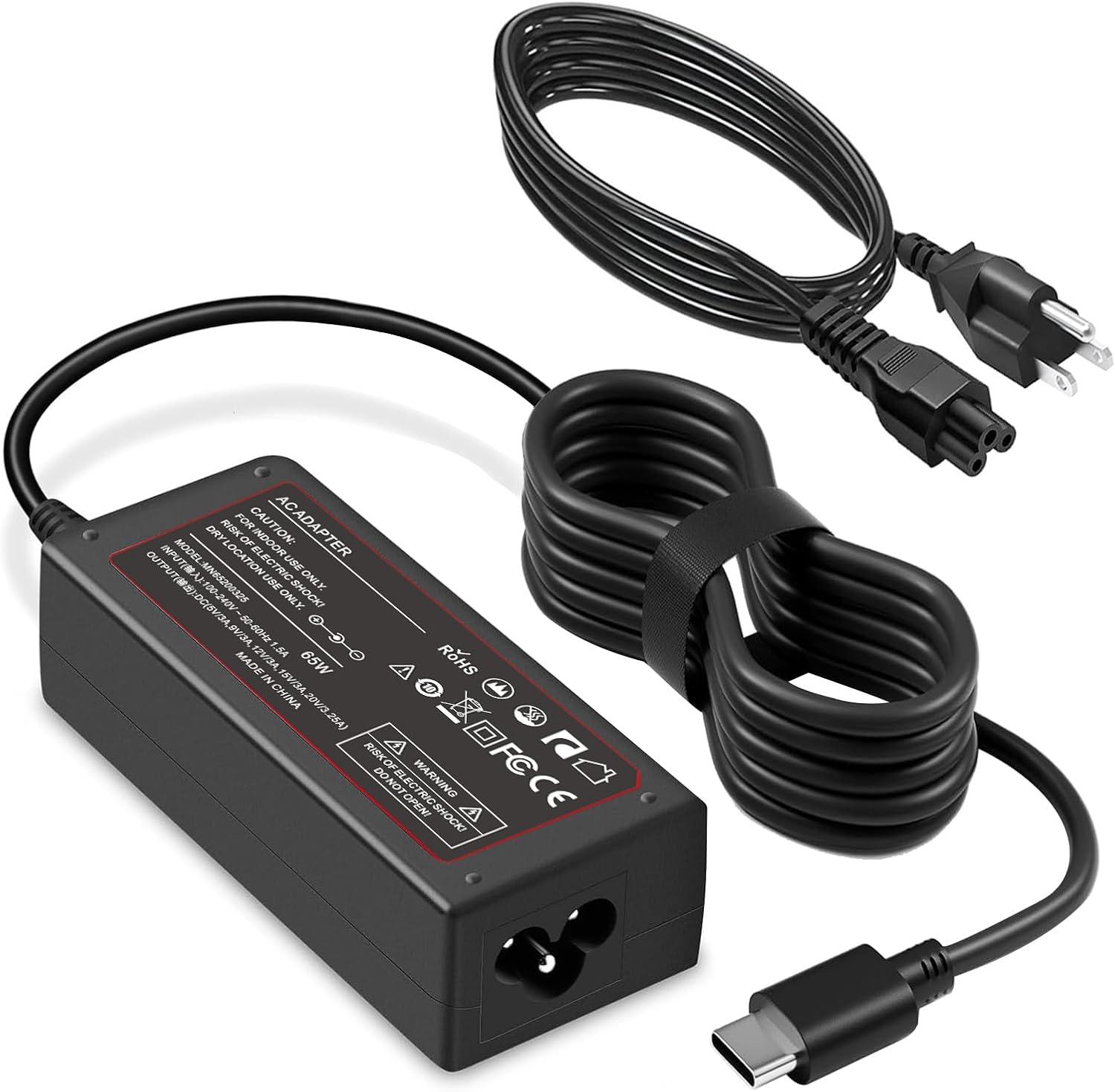RGBW Versus HDMI: Tested Tech Showdown Inside 55" TVs
In the ever-evolving landscape of home entertainment, choosing the right setup for your 55-inch TV can be a maze of ports, resolutions, and syncing options. Today, we delve into the heart of this tech showdown by comparing two intriguing contenders: the "New RGBW 3 HDMI 2.1 Fancy Sync Box Streaming Media Syncing Device with 3 HDMI Ports, 4K 120Hz, HDR, and Movie Support (for 24" to 55" TVs)" and the "Fancyleds HDMI 2.1 Fancy Sync Box Streaming Media Player Syncing Device; 4K 120Hz, HDR, Movies Supported (for 24" to 55" TVs)". Both promise a seamless cinematic experience, but how do they stack up against each other when faced with the grand stage of a 55-inch display?
The first device, a veritable powerhouse of connectivity, boasts three HDMI 2.1 ports, ensuring compatibility with the latest generation of high-speed peripherals. Its support for 4K 120Hz resolution and HDR technology promises a visual feast, while its movie support feature adds a touch of convenience for those who want to dive straight into entertainment. The inclusion of a syncing device further hints at advanced features that could potentially streamline the connection between various devices in your home theater setup.
On the other hand, the second device, while sharing many similarities in terms of performance specifications, offers a slightly different take on the market. With its HDMI 2.1 capabilities, 4K 120Hz support, HDR compliance, and movie support, it aims to carve out its niche in the competitive world of streaming media players. The term "Fancy Sync Box" suggests a focus on integration and ease of use, potentially offering users a hassle-free way to manage their multimedia content.
As we put these two devices to the test in the comfort of our 55-inch TVs, the differences become微妙 rather than stark. Both devices deliver crisp, high-definition visuals and smooth, high-frame-rate content, which is essential for an immersive viewing experience. However, the extra HDMI 2.1 port on the first device might give it an edge for users who need to connect multiple high-speed devices simultaneously.
In the end, the choice between these two devices comes down to specific needs and preferences. Whether you prioritize the versatility of extra HDMI ports or the simplicity of a syncing device, both options offer a compelling blend of performance and convenience. Stay tuned as we dive deeper into our comprehensive comparison, exploring every aspect of these two contenders in our RGBW versus HDMI showdown.









